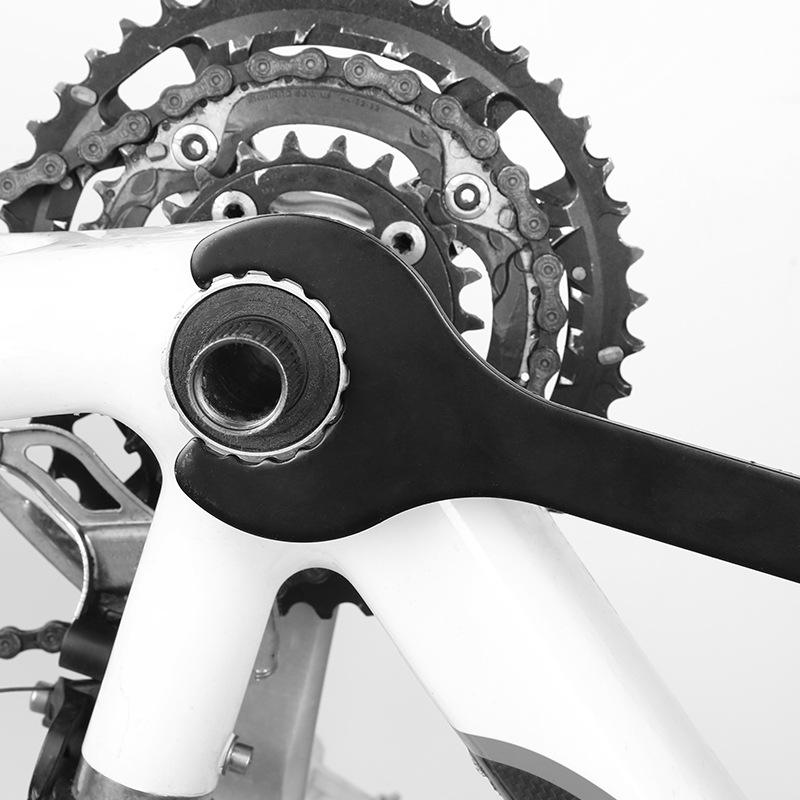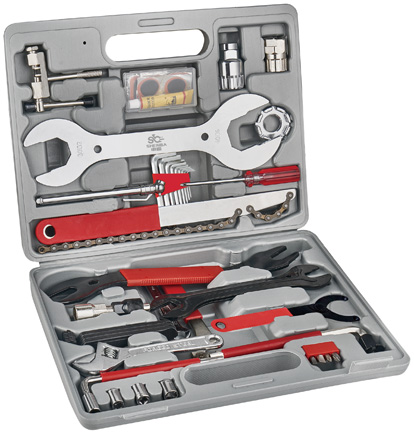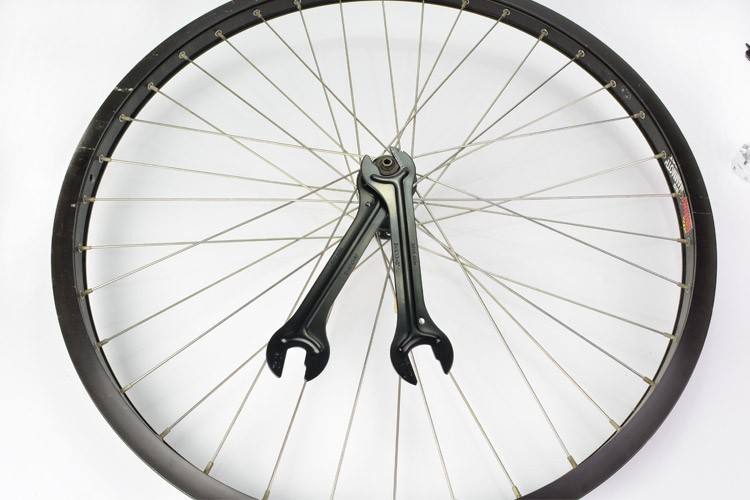Every cyclist, sooner or later, comes across a repair and maintenance problem that can leave your hands full of oil. Even seasoned riders can get confused, get a bunch of inappropriate tools, and make the wrong decision about repairing a car, even if it’s just a small technical issue.
Below we list some common mistakes that are often made in car repair and maintenance, and of course tell you how to avoid them. Although these problems may seem absurd, in life, these situations can be found everywhere…maybe we have committed them ourselves.
1. Using the wrong bicycle maintenance tool
How to say? It’s like using a lawnmower as a vacuum cleaner to clean the carpet in your house, or using an iron tool to load freshly brewed tea. Similarly, how can you use the wrong tool to repair a bicycle? But shockingly, a lot of riders don’t think it’s okay to burn money on a bike, so how can they “repair” their bike with a hex tool that’s as soft as cheese when they buy flat-pack furniture?
For those who choose to fix their own car, using the wrong tool is a common mistake and one that is easily overlooked. In the beginning you might buy a bunch of hex tools from a big, well-known brand, because for the main problems that come up with a bike, the hex tools seem to suffice.
But if you want to be more researched and more technically proficient, you may also want to buy some decent wire cutters (not a vise or garden trimmer), a bicycle bottom bracket sleeve (not a hose wrench), a foot A pedal wrench (not an adjustment wrench), a tool to remove the cassette and a chain whip (not to fix it to the workbench, this will damage not only the cassette, but of course the workbench)…if you put a bunch of You can imagine the picture when tools that are not related to each other are put together.
Having a set of high-end tools is likely to be with you for the rest of your life. But beware: as long as there is any sign of wear and tear, you still have to replace it. A mismatched Allen tool can cause damage to your bike.
2. Wrong adjustment of the headset
Basically all modern bikes feature a headset system that attaches to the steerer tube of the fork. We’ve seen a lot of people think that they can tighten the headset by simply turning the bolt on the headset cap with force. But if the bolt connecting the stem and the steering tube is too tight, it is conceivable that the front of the bike will be inconvenient to operate, which will lead to a series of bad things.

In fact, if you want to tighten the headset to the correct torque value, first loosen the bolts on the stem, then tighten the bolts on the headset cap. But don’t push too hard. Otherwise, as the editor said before, the situation of injury caused by inconvenience of operation will not look good. At the same time, check that the lower stem and the car and the head tube are in a straight line with the front wheel, and then tighten the stem bolt on the steering tube.
3. Not knowing the limits of your own abilities
Trying to fix a bike yourself is indeed an enlightening and fulfilling experience. But it can also be painful, embarrassing, and expensive if done incorrectly. Before you fix it, be sure to know exactly how far you are: Are you using the right tools? Do you know all the relevant information about the efficient and correct handling of the problem you are dealing with? Are you using the right parts?
If there is any hesitation, ask an expert – or ask them to help you, and if you really want to learn, next time you want to do it yourself, just watch it quietly. Make friends with a mechanic at your local bike shop or sign up for a bike mechanic training class.
In most cases: If you have doubts about repairing your car, let go of your pride and leave the repair to a professional technician. Don’t get a “professional” overhaul on your bike before an important race or event…it’s very likely to be a pain in the ass for the next day’s race.
4. The torque is too tight
Loose screws and bolts on a bike can obviously cause a lot of problems (falling parts and potentially causing death), but it’s also not good to overtighten them.
Recommended torque values are usually mentioned in manufacturer’s guides and manuals. Now more and more manufacturers will print the recommended torque value on the accessories, which is much more convenient in actual operation.
If it exceeds the torque value indicated in the figure above, it will cause the thread to slip or the parts to be tightened too tightly, which will easily crack or break. The latter situation is usually caused by over-tightening the bolts on the stem and seatpost, if your bike is carbon fiber.
We recommend that you buy a smaller torque hub wrench: the kind used for bicycles, usually paired with a set of Allen screwdrivers. Tighten the bolts too tightly and you will hear squeaking sounds, and you may think “well, it seems like 5Nm”, but that is obviously not acceptable.
Today, we will first discuss the above four common bicycle maintenance methods, and then share the others later~
Post time: Jun-07-2022


